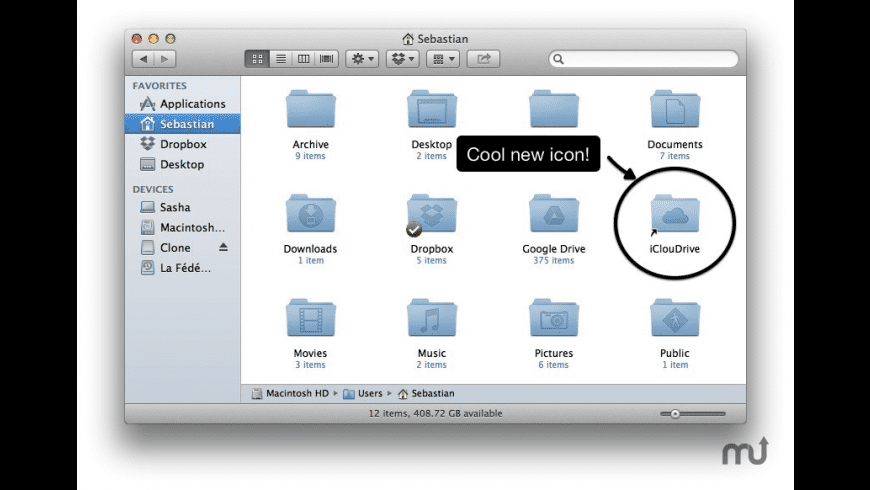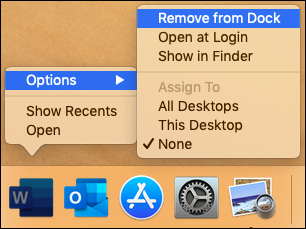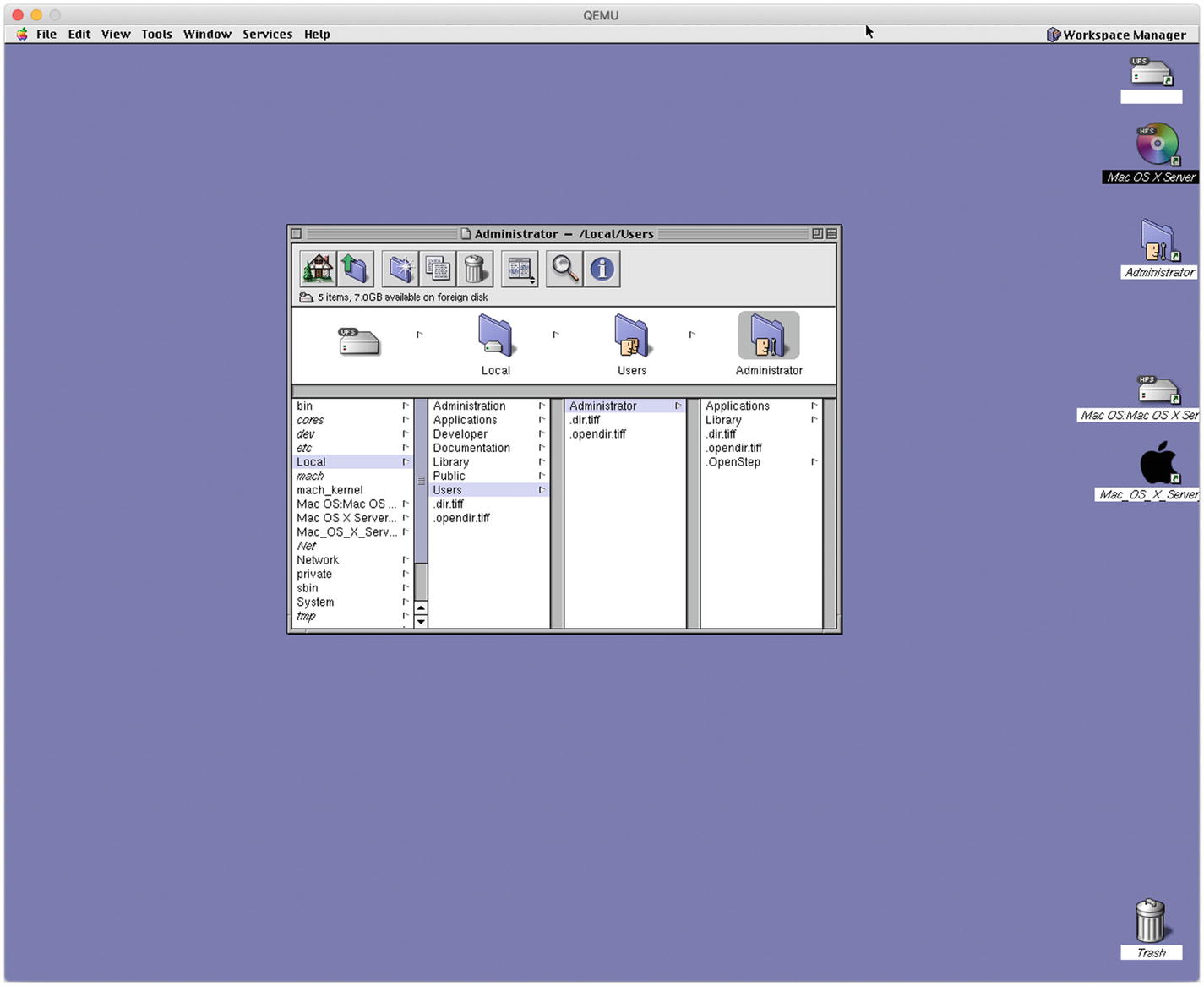

- #Munki script to remove office 2011 for mac for mac#
- #Munki script to remove office 2011 for mac update#
- #Munki script to remove office 2011 for mac upgrade#
- #Munki script to remove office 2011 for mac trial#
- #Munki script to remove office 2011 for mac password#
#Munki script to remove office 2011 for mac upgrade#
Applications :: Microsoft Office 2008 For Mac - Upgrade To 2011?.
#Munki script to remove office 2011 for mac trial#
#Munki script to remove office 2011 for mac password#

Unlike Windows based systems, it did not remove Office 2008 which is different. So I got Office 2011 it's pretty good stuff. # Catalogs have changed - running makecatalogsĬreated catalog /Volumes/munki_repo/catalogs/standard.OS X :: Office 2011 To Replace 2008 And Office 2008 Removal/Uninstall? Jan 11, 2011 Volumes/munki_repo/pkgsinfo/apps/ Deleted!ĭelete /Volumes/munki_repo/pkgs/apps/ (y/n/q )? nĭelete /Volumes/munki_repo/pkgsinfo/apps/ (y/n/q )? q Volumes/munki_repo/pkgs/apps/ Deleted!ĭelete /Volumes/munki_repo/pkgsinfo/apps/ (y/n/q )? y Volumes/munki_repo/icons/GoogleChrome.pngĭelete /Volumes/munki_repo/pkgs/apps/ (y/n/q )? y Volumes/munki_repo/pkgsinfo/apps/GoogleChrome-.90.plist Volumes/munki_repo/pkgs/apps/GoogleChrome-.90.dmg To run the script (in this example, we search for ‘java’): $ /path/to/munkirm -d javaĮxample output: $ /path/to/munkirm -d chrome Make the script executable: $ chmod +x /path/to/munkirm usr/local/munki/makecatalogs $MUNKI_REPO elseĮcho "# Catalogs have changed but you don't have makecatalogs installed!" echo "# Now run makecatalogs on a Mac with munkitools installed to effect the changes" echoĮcho "# Catalogs have not changed.
#Munki script to remove office 2011 for mac update#
# Update the repo if required if ] thenĮcho "# Catalogs have changed - running makecatalogs" echo Read -p "Delete $file (y/n/q)? " -n 1 inputĮlse # No match, therefore no file echo "Files not found!" echo If then # Print the results first echoĮcho # Now offer up each file for deletion for file in ` cat /tmp/list.txt ` do : ) echo "Option - $OPTARG requires an argument." >&2 \? ) echo "Invalid option: - $OPTARG " >&2 goog" echo # First level while getopts ":d:" opt do # Check to see if munkiimport is configured if [ -z $' | sort -n -t / | cut -f2-d/ > /tmp/list.txt

# Options are y or Y to delete, n, N or anything else to skip, and q or Q to quit # If any changes are made, `makecatalogs` is run # Put munkirm in /usr/local/munki/ if you wish to run from all directories # Munki repo - change to match your path MUNKI_REPO = `defaults read ~/Library/Preferences/.plist repo_path ` # Introductions echoĮcho "-" echo " MUNKI FILE REMOVAL TOOL" echo "-" echo "Usage: munkirm -d " echo " is case-insensitive" echo "part strings OK, e.g. # Syntax: /path/to/munkirm -d # For example, /path/to/munkirm -d xcode # Search is case insensitive. Use with care! # It will search all directories including pkgs, pkgsinfo and icons. #!/bin/bash # A script to search your Munki repo and offer to delete items. After the end of the list has been reached, if anything has been deleted, makecatalogs is run (for this to work, this script needs to be run on a Mac with munkitools installed and configured to point to your munki repository). Pressing n or any other character (except q) skips the item and moves on to the next. Pressing y deletes the item and moves on to the next item in the list. plist files are adjacent in the list), and offer to delete each one in term. So I wrote a script to find items in the Munki repository that match an input, list the items in order of filename (so that associated.

The munkitools don’t include a tool for this task. If you don’t wish to use MunkiAdmin, for instance if you are working remotely on a server via ssh, you may wish for an easy way to find and remove old packages using the command line. MunkiAdmin offers to delete the package and associated pkginfo file, and potentially the icon. Simply right- or ctrl-click on an item in the Packages list, and select Delete Package. One way of removing packages is using the MunkiAdmin application. In which folder does Autopkg put Java 8? To where did your colleague import SPSS? Use a GUI! But the repository can get hard to navigate. If you’re organised, you’ll know exactly where every package is in the subdirectory structure of your Munki repository.


 0 kommentar(er)
0 kommentar(er)
